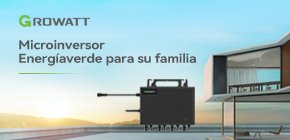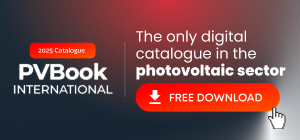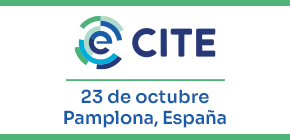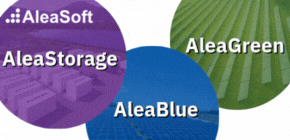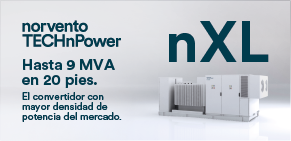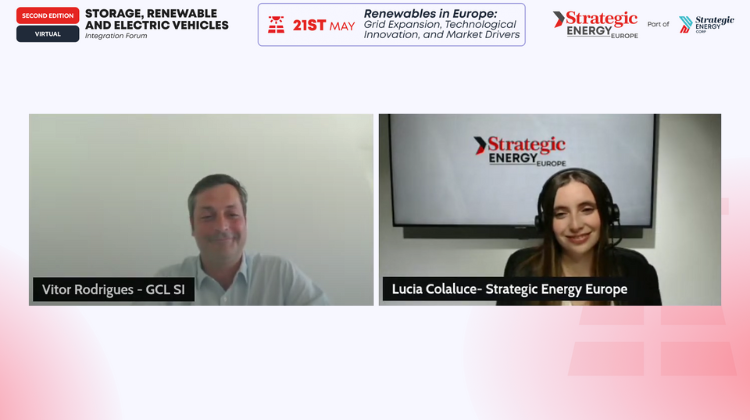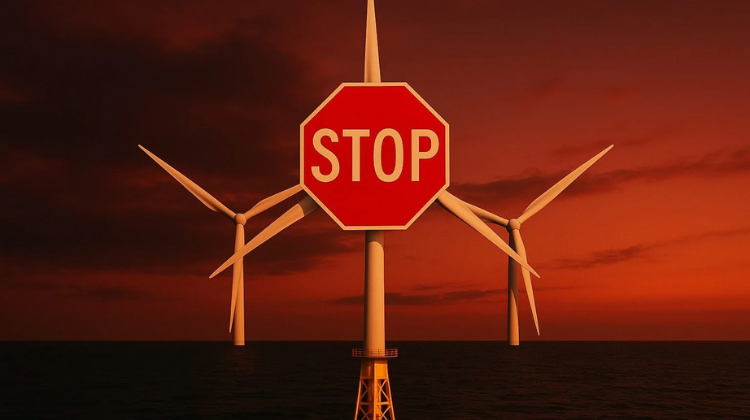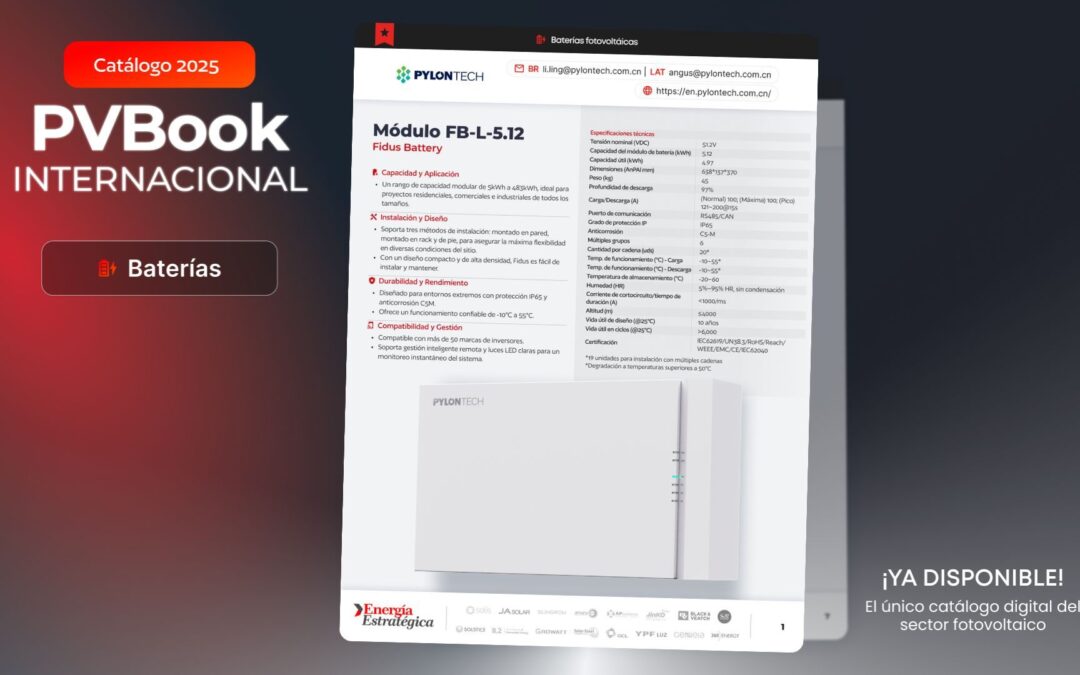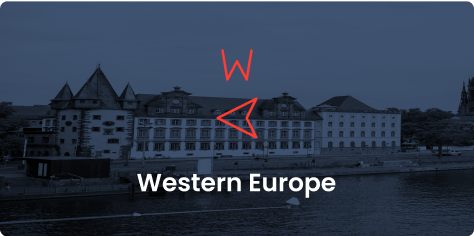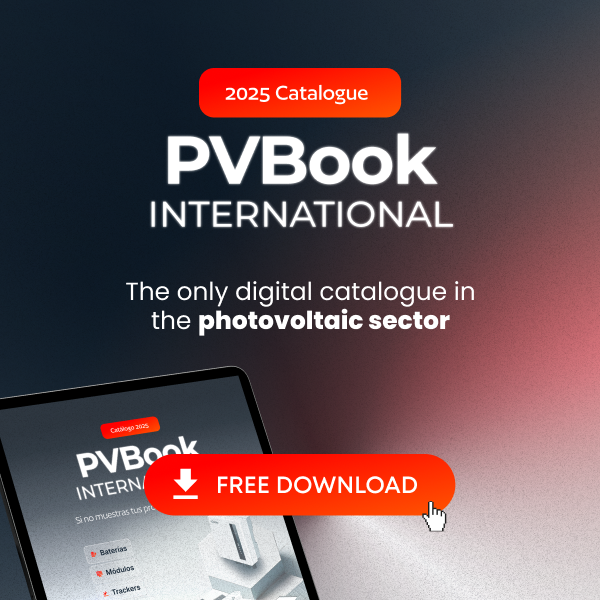During the second virtual event of the year, hosted by Strategic Energy Corp through Mobility Portal Europe and Strategic Energy Europe, called Storage, Renewable and Electric Vehicles Integration Forum – Second Edition, Vitor Rodrigues, Technical Director Latin America & Iberia at GCL System Integration, outlined the company’s forward-looking strategy for Europe’s solar industry. His remarks reflected a clear focus on sustainability, technological differentiation, and regional manufacturing.
“Our focus is on reducing CO₂ emissions and surpassing 30% efficiency in our modules,” states Rodrigues. Participating in the Storage, Renewable and Electric Vehicles Integration Forum – Second Edition, the executive explained how GCL is adapting its offerings to align with current market conditions while investing in breakthrough solutions to gain a competitive advantage in Europe.
The second event of the year by Strategic Energy Corp was a two-part virtual session, co-organised with Mobility Portal Europe and Strategic Energy Europe.
Strategic Energy Corp, in partnership with Future Energy Summit (FES), hosts major renewable energy gatherings, as FES stands as the leading platform for renewable energy dialogue in Spanish-speaking countries. Notably, on 24 June, the third edition of FES Iberia 2025 will take place at Colegio Caminos (Auditorio Betancourt, C. de Almagro, 42, Chamberí) in Madrid. (Relive the previous edition here).
The meeting will feature companies such as Iberdrola, Nextracker, Engie, Grenergy, Statkraft, Acciona Energía, Red Eléctrica, and EDP Renovables, alongside key representatives from Spain’s regional governments and Latin America. Key discussion topics will include solar and wind energy, energy storage, green hydrogen, distributed generation, PPAs, auctions, and new projects.
Advanced cell technologies: the race to 30% efficiency
As solar technology evolves, GCL is focusing on increasing cell efficiency beyond current standards. “Since 2020, we’ve been working with high-efficiency cells, but the current challenge is different. One solution won’t fit all scenarios, yet we also can’t have 30 tailored solutions either,” Rodrigues explains.
To address this, GCL is advancing tandem cell technology using perovskite, aiming to surpass the 30% efficiency threshold—a benchmark far above the industry’s current average of 24–25%. The company has already certified a new module based on this approach and inaugurated a 2 GW production facility to scale up deployment.
Granular silicon: a cornerstone of carbon reduction
One of the standout aspects of GCL’s strategy is the use of FDR granular silicon, a low-emission alternative in the manufacturing chain. “Silicon purification is the step with the highest carbon footprint. Compared to the Siemens process, our solution reduces emissions by 74%,” Rodrigues points out.
This focus aligns with the EU’s growing regulatory pressure on carbon accounting in supply chains. By prioritising cleaner materials, GCL positions itself favourably within the bloc’s upcoming environmental and compliance frameworks.
Responding to global overcapacity with precision
In response to ongoing global overcapacity in solar module production, GCL is fine-tuning its output based on actual market demand. “Out of the 30 gigawatts we manage, we’re aligning each technology to match what the market truly requires,” says Rodrigues.
He stresses that strategic flexibility in production planning is essential in a market that remains highly volatile. “We all expect the market to expand and see better times ahead, which is why we’re already planning well beyond 2026,” he adds.
Production in Europe: GCL weighs local manufacturing
GCL’s European roadmap includes a potential shift in its manufacturing footprint. “We are evaluating producing solar cells in Europe. We’re also looking at polysilicon production outside China,” Rodrigues reveals.
Although no final decision has been made, he confirms that the company is actively exploring regional production options, a move that could mitigate geopolitical risk and meet local content requirements under EU industrial policy.
Upcoming bets: TopCon 2.0 and back-contact modules
For 2025 and 2026, GCL will focus on two core module technologies: TopCon 2.0, which enhances cell efficiency, and back-contact modules, designed for improved front-side performance. These will target both the residential and commercial segments as well as utility-scale projects.
“These will be our main bets for the coming year,” Rodrigues concludes, underscoring GCL’s goal to adapt its innovation pipeline to the rapidly evolving European solar landscape.






